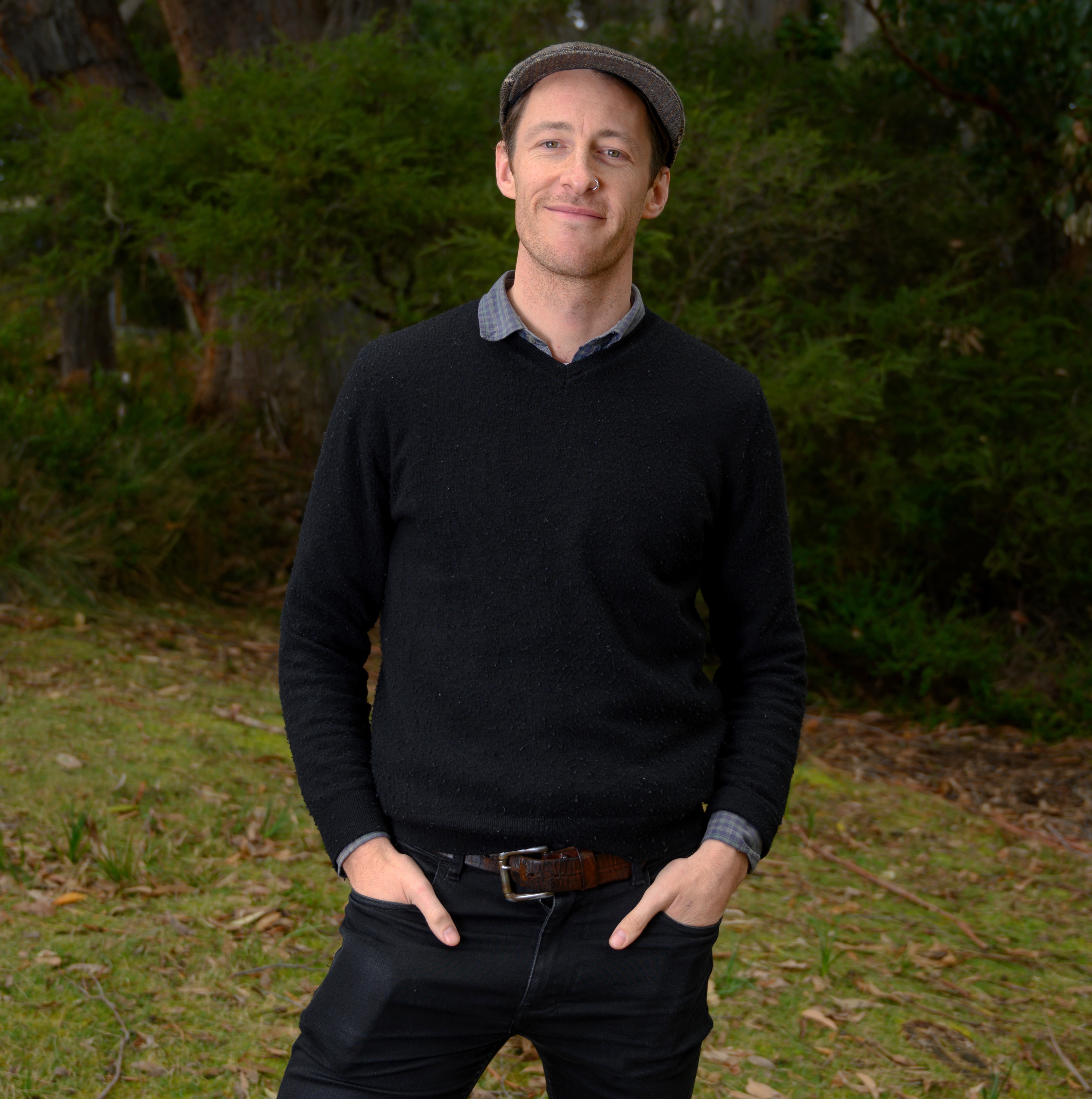
Tasmania
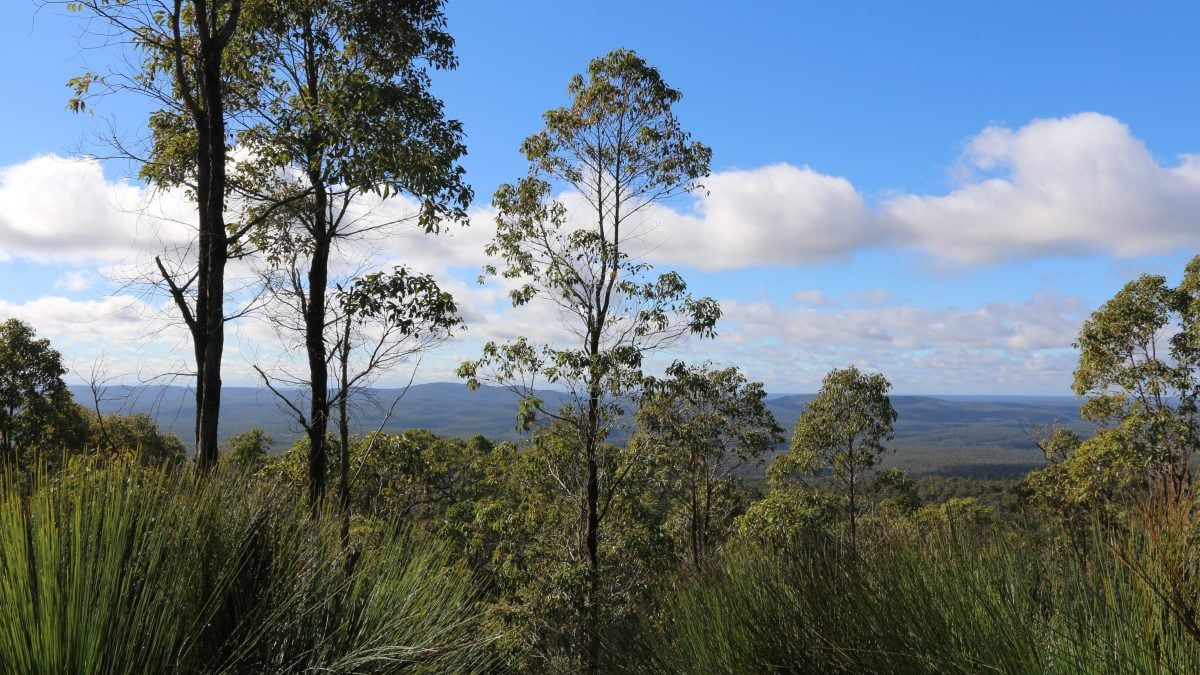
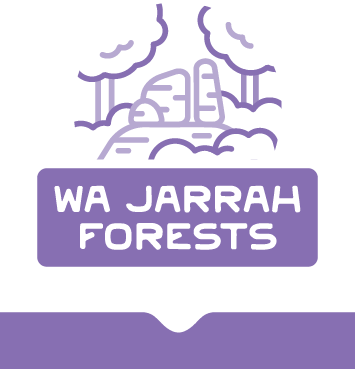
Megan Holbeck speaks to Patrick Gardner, WA Campaign Manager for the Wilderness Society, about his favourite tracks in WA’s ancient Jarrah Forests

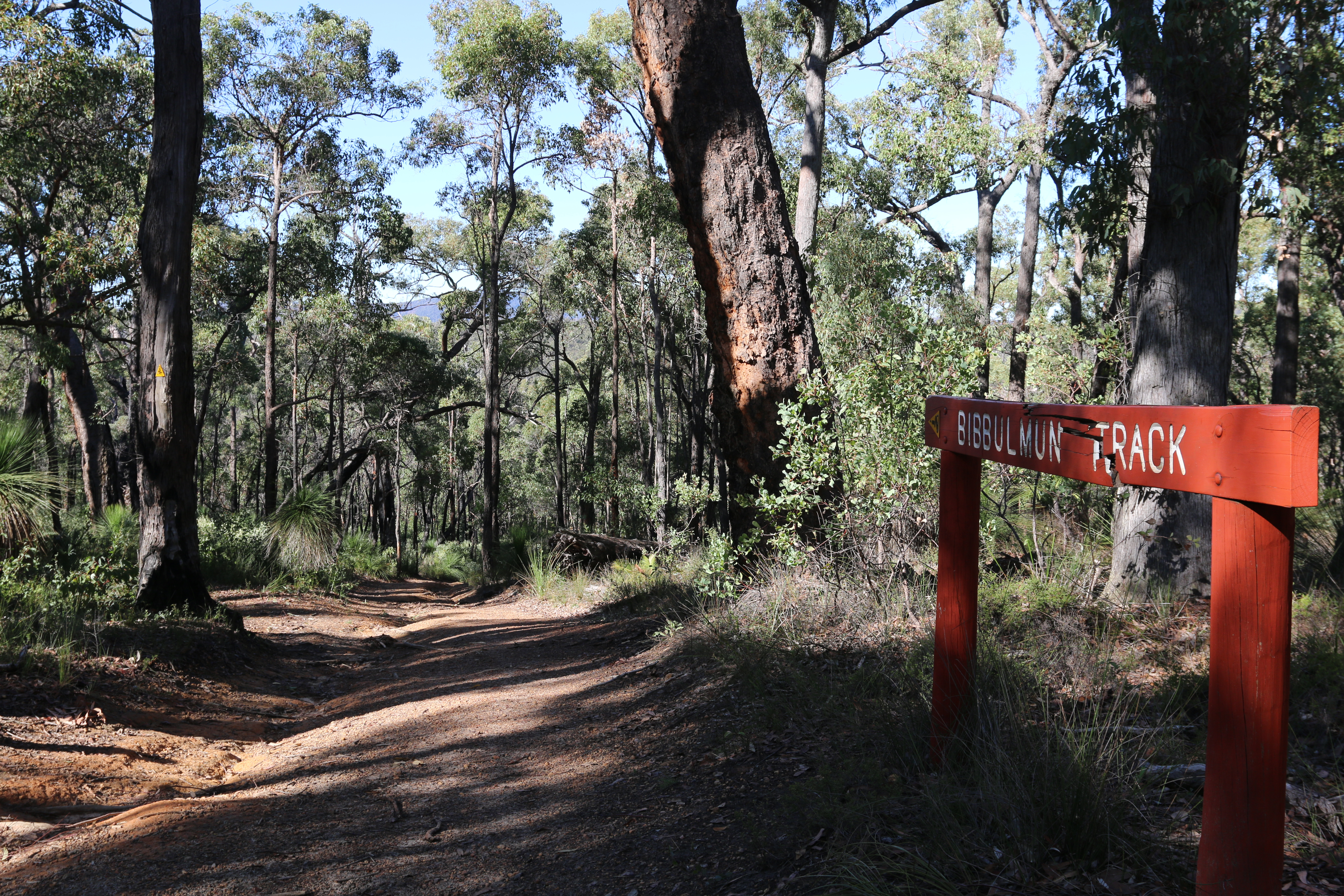
“When the morning sun hits the undergrowth among the majestic jarrah and marri trees, it releases a smell of wet forest floor and native floral fragrance. It’s like a meander through a perfume department. Winding tracks give new vistas at regular intervals, and there’s a promise of something new around every curve.”
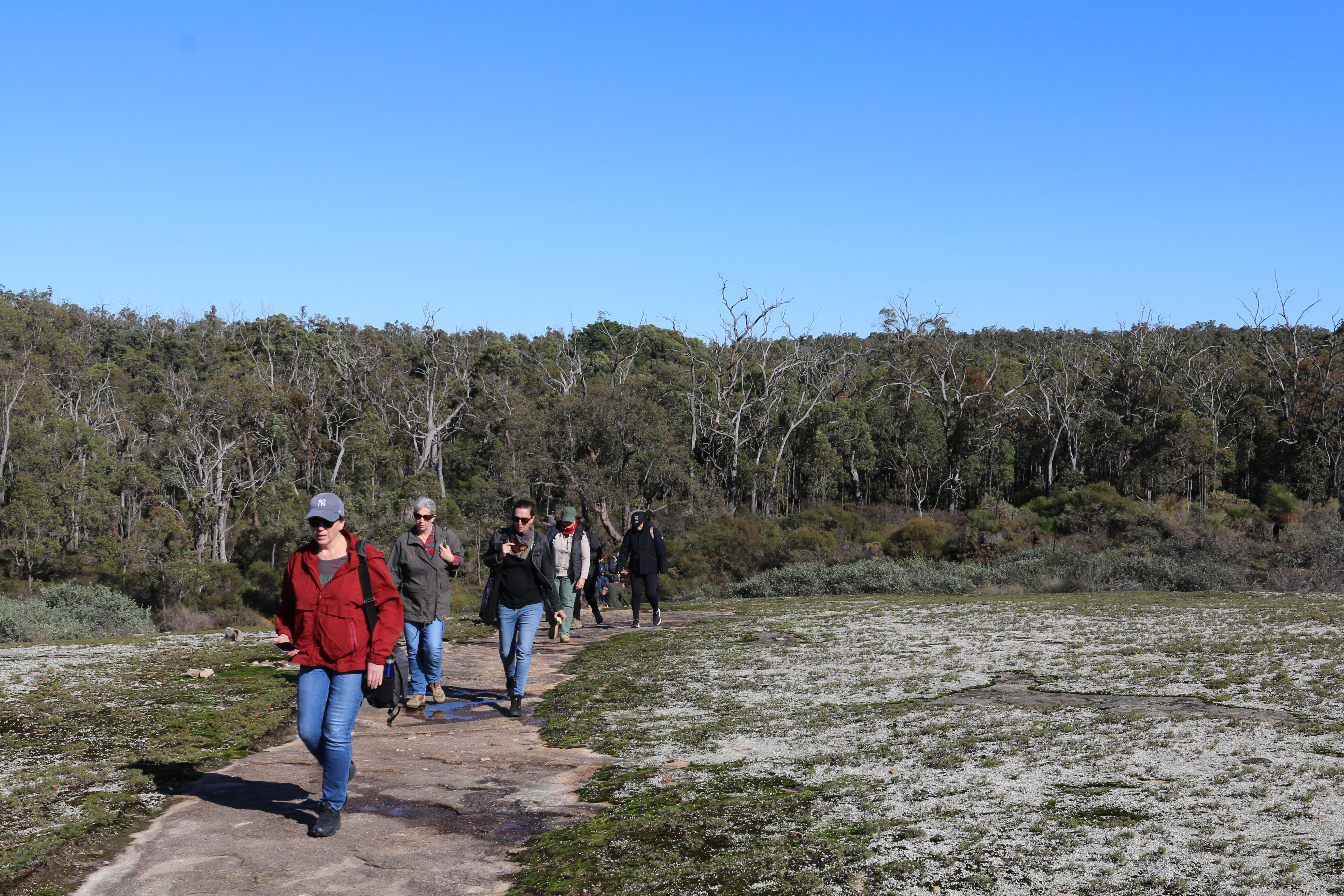
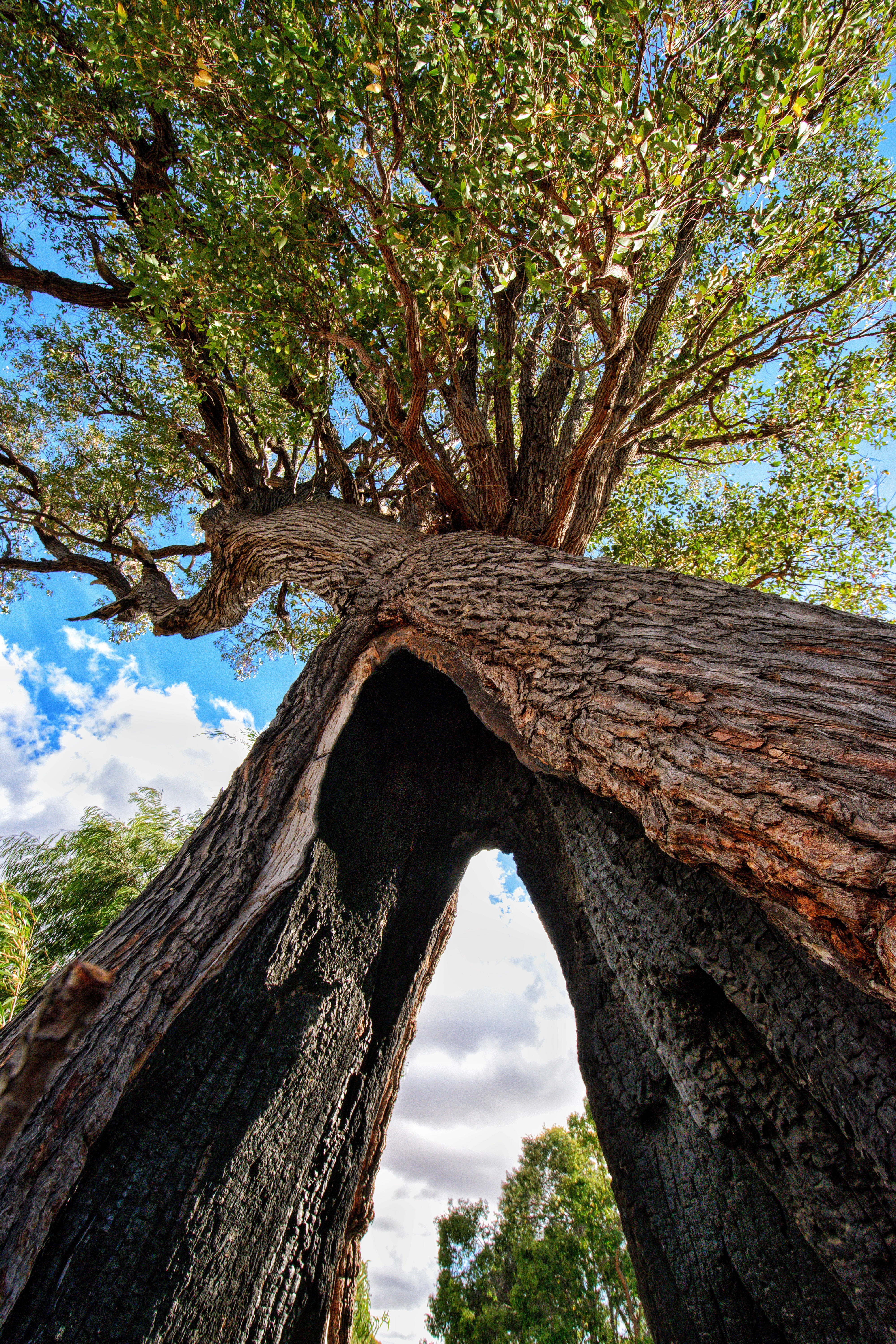
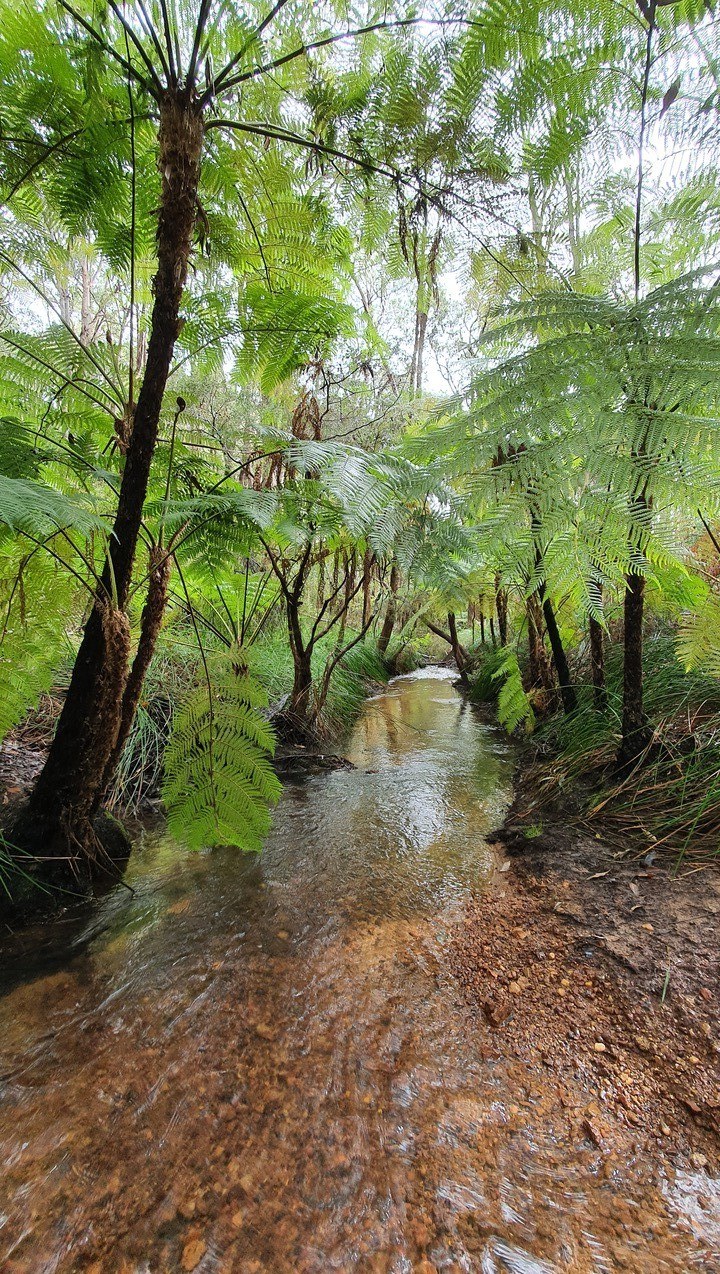
“You can be very hidden within the jarrah forest. It feels a lot further away than you actually are.”
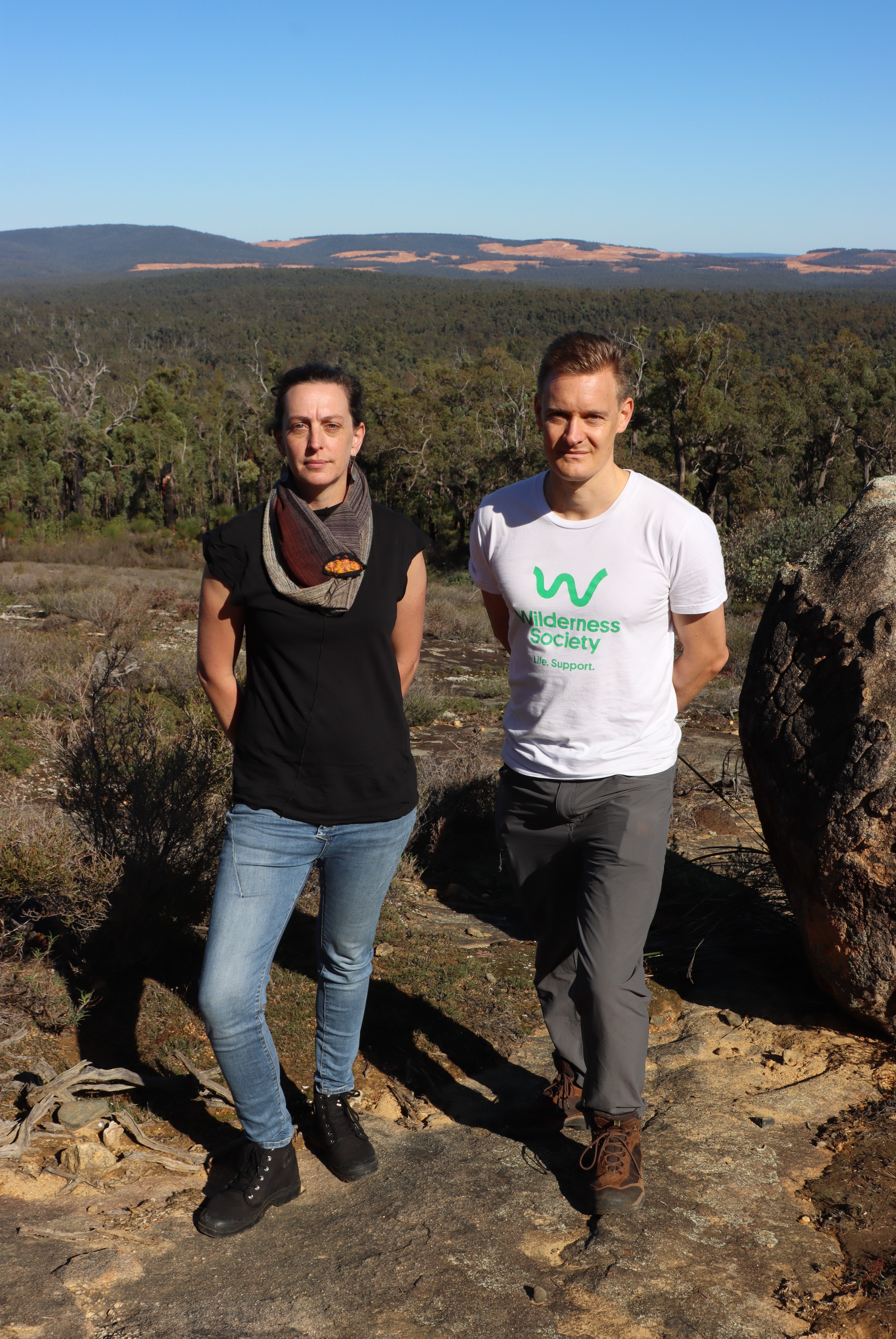
However, this feeling of isolation, of connection and refuge in nature, is being compromised—particularly in the northern section of the Bibbulmun Track. Mining for bauxite was the cause of more than 60% of all deforestation in WA’s tall and medium forests between 2010 and 2020, and more destruction is planned, resulting in the fragmentation of ecosystems, the extinction of species and diminished walking experiences.
